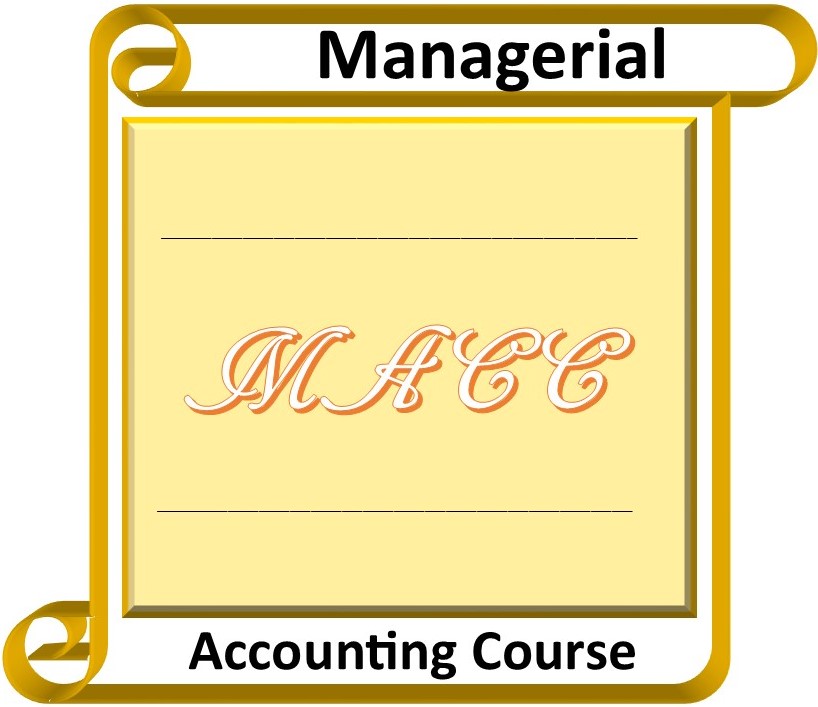Answers - Standard Cost
2. Ideal standards are the standards set at perfect performance without room for any inefficiency. Attainable standards are the standards set at achievable/realistic points and employees can attain or achieve the standards.
3(a). Ideal standards
(b). The employees will lose morale of working and feel unvalued in the company. The lack of morale will affect the performance and quality of goods or services produced.
4. Variance is the difference between the actual costs and the standard costs. When actual costs have been incurred, managers make comparisons between the budgeted standard costs and the actual costs incurred, and this difference is termed as variance.
5(a). Considerations for Direct labor cost: labor hours and rate per hour.
(b). Considerations for Direct material cost: Quantity of materials to be used and price of material.
6(a). Materials Price Variance = Actual Quantity used X (Standard Price - Actual Price)
= 10,500 X ($10 − $9.20)
= $8,400 Favorable
(b). Materials Quantity Variance = Standard Price X (Standard Quantity - Actual Quantity)
= $10 X (10,000 − 10,500)
= − $5,000 Unfavorable
7. Labor rate variance = Actual Labor Hours X (Standard Rate - Actual Rate)
= 2,000 X ($13 − $20)
= − $14,000 Unfavorable
8. Labor Efficiency Variance = Standard Hourly Rate X (Standard Hours - Actual Hours)
= $13 X (2,100 − 2,000)
= $1,300 Favorable
9(a). Overhead Spending variance = Budgeted overhead − actual overhead
= $9,500 − $10,000
= $500 Favorable
(b). Overhead Volume Variance = Applied overhead − budgeted overhead
= $8,000 − $9,500
= −1,500 Unfavorable
10(a). Actual direct materials = (standard cost + favorable variance - unfavorable variance)
= $40,000 + $3000 - $200
= $42,800
(b). Actual direct labor = (standard cost + favorable variance - unfavorable variance)
= $60,000 + $2000 - $800
= $61,200
